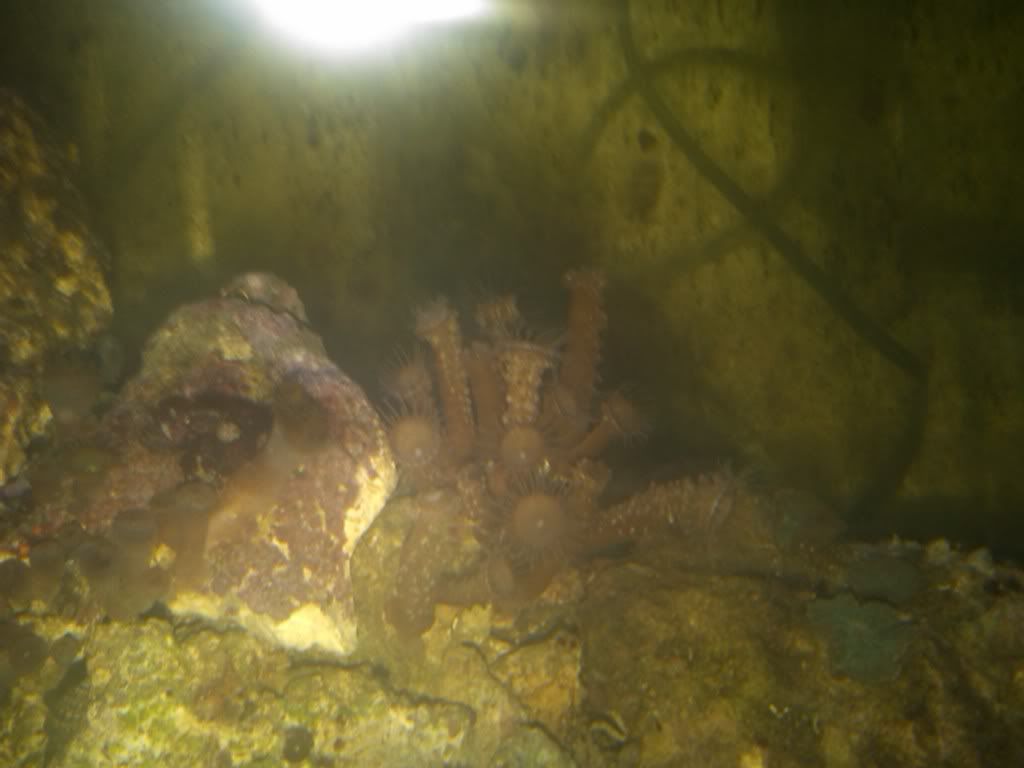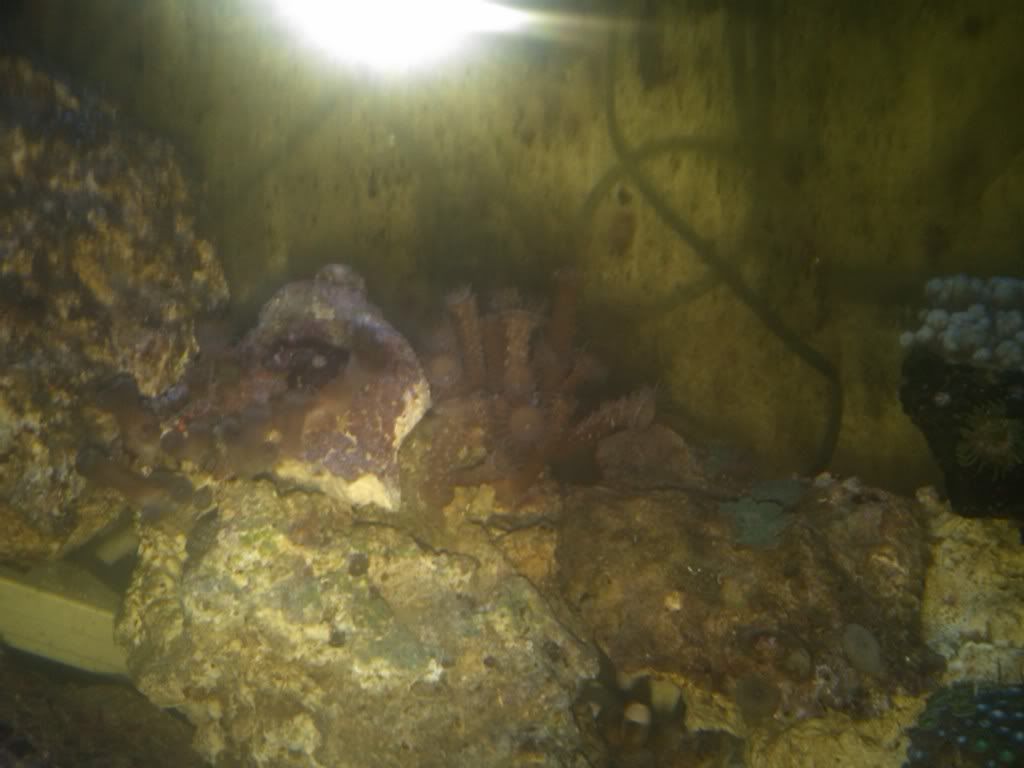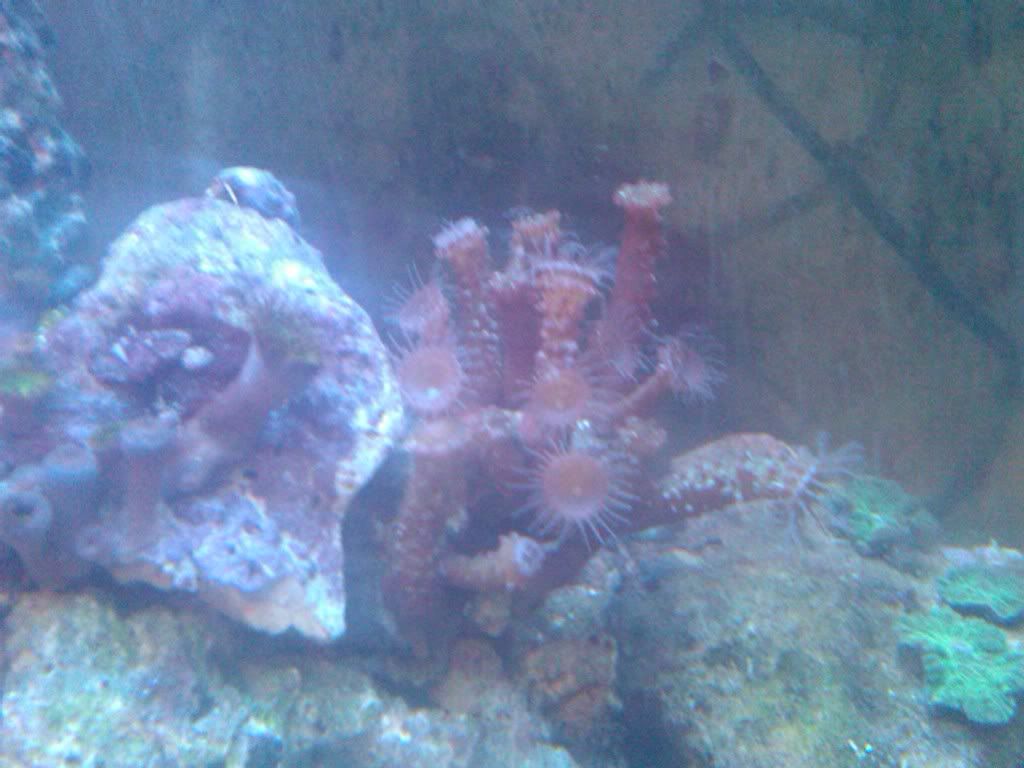Isaurus spp., also known as Tube Zoanthids, and Snake Polyps. There are five known described species: I. tuberculatus, I. cliftoni, I. duchassaingi, I. gelatinosus, and I. maculatus. Isaurus tuberculatus is found in a circumtropical range and is the Isaurus species most commonly seen both in the wild and collected for the aquarium trade. Isaurus spp. have elongate stalks with tubercles (the bumps on the stalks) and the columns are typically oriented so that the oral openings face downward. The tentacles are normally withdrawn into the oral opening during the day, appearing as a small pinhole, but expond fully at night for this nocturnal Zoanthid hexacorallian to feed on zooplankton. Although these corals contain zooxanthellae, their normal habitat is low light under rocks and in shaded tidepools, and to thrive and multiply, they will requrie nightly planktonic feedings. Isaurus does not need to be fed to be maintained in captivity, but regular feeding will cause the polyps to multiply. Foods for Isaurus spp would include Daphnia, Cyclops/Cyclopeze (copepods), and freshly-hatched and gut-loaded brine shrimp nauplii, keeping in mind that they are ncturnal feeders.
They are mostly found (uncommonly) in shallow water under rocks or in shaded areas in the wild, where the individual tubes may reach 3 or 4 inches. Large specimens usually retail around $35 USD. Unusual find in most LFS though; not very colorful, but very unusual specimens.
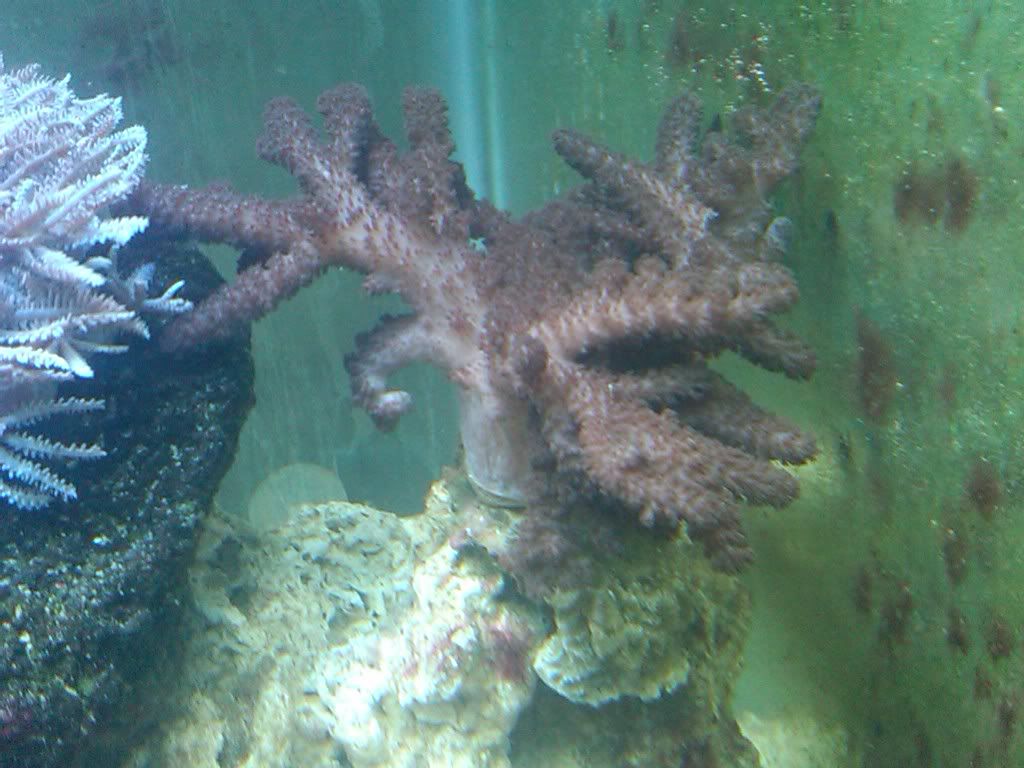
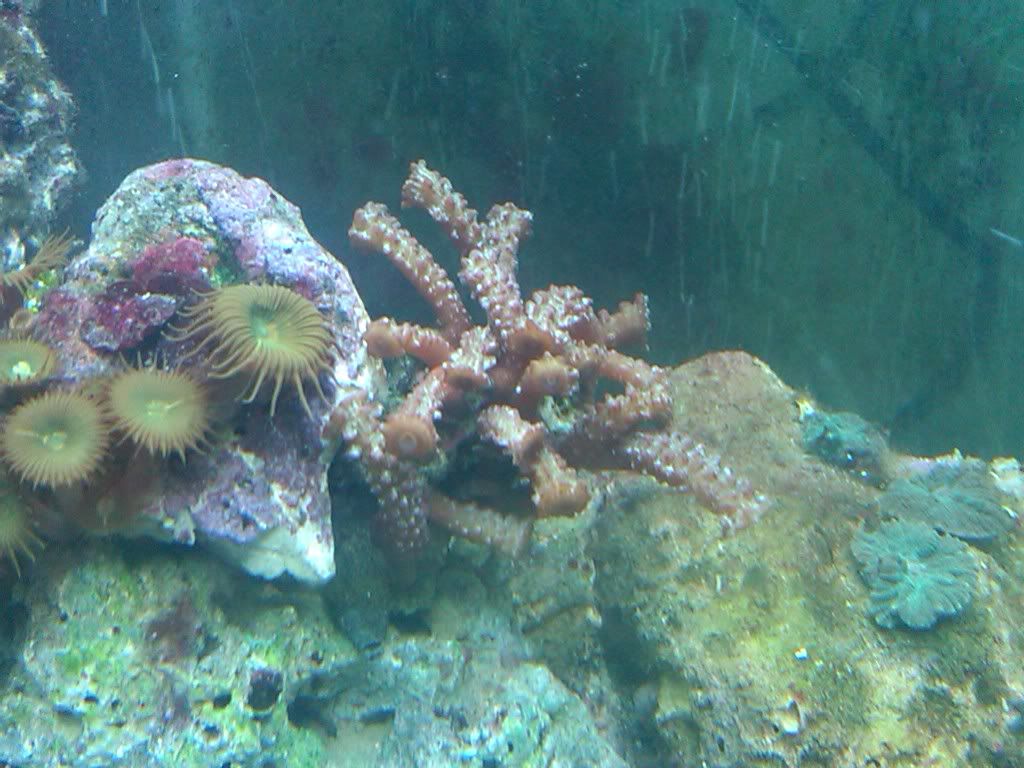


 :
: